High cholesterol levels and high blood pressure usually have no symptoms, but often these killers put you at serious risk of heart disease, stroke and other cardiovascular conditions.
Your doctor can detect these conditions with a simple test, but you can also control your cholesterol and blood pressure levels, by making some changes to your lifestyle.
Cholesterol and Blood Pressure
Your body has two types of cholesterol: low-density lipoprotein and high density lipoprotein. Low-density lipoprotein / LDL /, often called "bad" cholesterol, clogs your arteries, while HDL / good cholesterol is the one that prevents clogging and blockage of the arteries.
Your blood pressure refers to the force applied on the arteries when the blood circulates in your body. A medical expert, like a doctor or nurse, measures your blood pressure twice - when your heart is contracting and when it’s muscles are at rest. These two measurements, systolic and diastolic pressure, demonstrate the ability of your blood to reach vital organs such as the heart and brain.
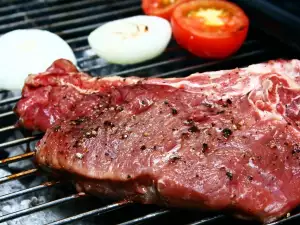
Effects of diet and nutrition
Your body produces all the, low-density lipoprotein cholesterol /LDL/ it needs. There is no need to take food that contains this cholesterol itself. When taking products of animal origin, it can raise your levels of low-density lipoprotein /LDL/ to unhealthy levels. Your diet and weight can also affect the production of another type of blood fat called triglycerides.
Technically, not cholesterol, but triglyceride fats clog your arteries. Over-consumption of sugar and alcohol can raise triglyceride levels. If your diet contains too much salt, it can also raise your blood pressure. Even if you do not salt your food, you can still take more salt than necessary if eating at restaurants or swallowing processed foods.
Lowering Blood Pressure
Foods that prevent lowering blood pressure include all those containing sodium. If you are overweight, reducing weight can also help to lower blood pressure. In other words, it is better to monitor and reduce your intake of high-calorie foods, such as sweets and fatty foods, for example.
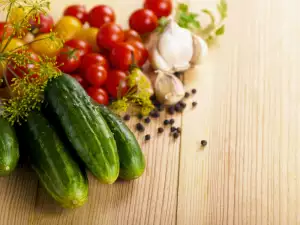
You can add products to control hypertension and high blood pressure to your diet. The dietary approach to stop hypertension and high blood constitutes an intake of fruits, vegetables and low-fat dairy products. Also, you can include nuts, poultry meat, fish and wheats.
Lowering Cholesterol
To reduce your cholesterol levels, eat less red meat and other fatty proteins, including organic meats, egg yolks and low fat milk products. You should also avoid trans fats, which are found in margarine and hydrogenated vegetable oil. Try to cook with olive oil. The difference between harmful and beneficial fats can be seen when you put them in the fridge. Fats that harden can clog your arteries. Fats that remain in liquid form can help you cleanse your arteries.
Foods to add to your diet to lower cholesterol contain fiber, which is found in apples and oats. Plant protein that is found in beans and kidney beans can recover your cholesterol levels to acceptable and healthy norms. To maintain its levels, it is useful to move more – a sedentary lifestyle is harmful.
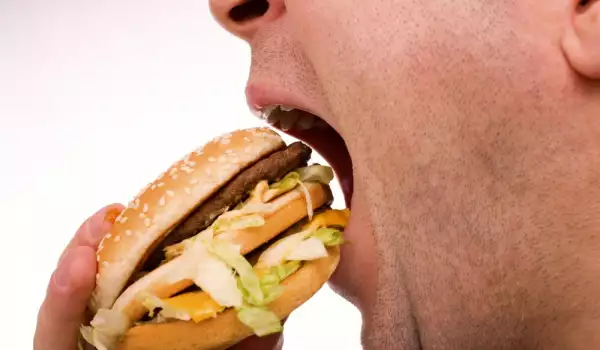


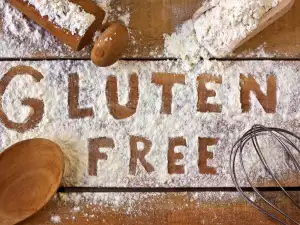

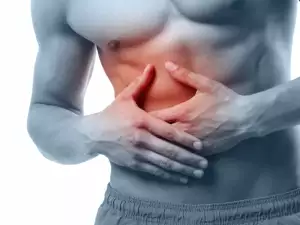

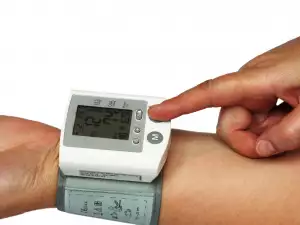
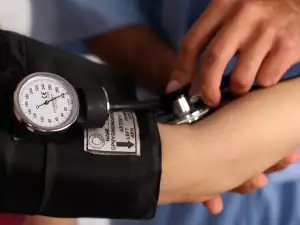

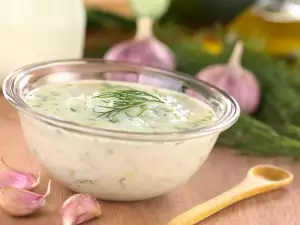


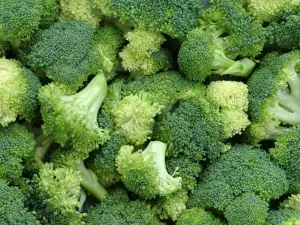






Comments